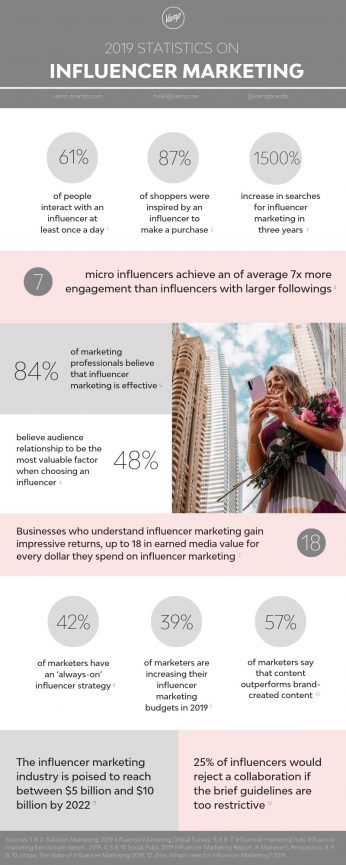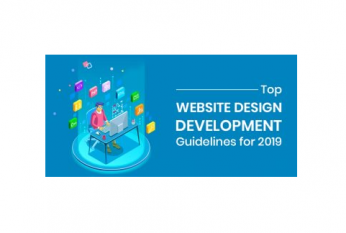Q: When it comes to customer acquisition, how important is paid social media compared with other digital channels? — John L., Houston
Social media has created a beautiful opportunity for entrepreneurs: It’s never been easier to get your message in front of hundreds, thousands, or even millions of people. But if you want to reach all those people, it’s going to cost a lot.
It’s a simple case of supply and demand, and social media platforms are limiting the supply. Organic reach — that is, your ability to speak directly to the audience that chooses to follow and interact with your business — has dwindled to almost nothing. On Facebook, for example, organic reach touches less than 5 percent of your audience on average. Facebook simply doesn’t show your posts to most of your followers … unless you pay for the privilege. That’s one of the reasons why advertising inside social media has become increasingly expensive, as brands outbid each other in a competition for users’ attention.
Suddenly, social media isn’t such a great deal. If you’re on a budget, all of this can brutally limit your growth and acquisition opportunities.
That’s not to say you should stop using digital platforms altogether. Paid social is a hotbed of marketing insight. With just a small amount of cash, you can easily test headlines, imagery, and offers on different audiences. That’s valuable research. However, if your entire acquisition strategy depends on paid media, you could pay your way right out of business.
But there is another way! You just need to diversify. In the digital world, there are many ways to acquire customers: paid social, paid search, email acquisition, organic social, organic search (earning traffic through content), public relations, influencer marketing, and earned media. Start by identifying a few channels where you want to focus most of your efforts. (Ideally, at least some of those channels will not require the spend of ad dollars.) This way, you can test what’s working while building an omnichannel approach that will pay off down the road.
Read more: How Much Should You Spend on Social Media Marketing?









